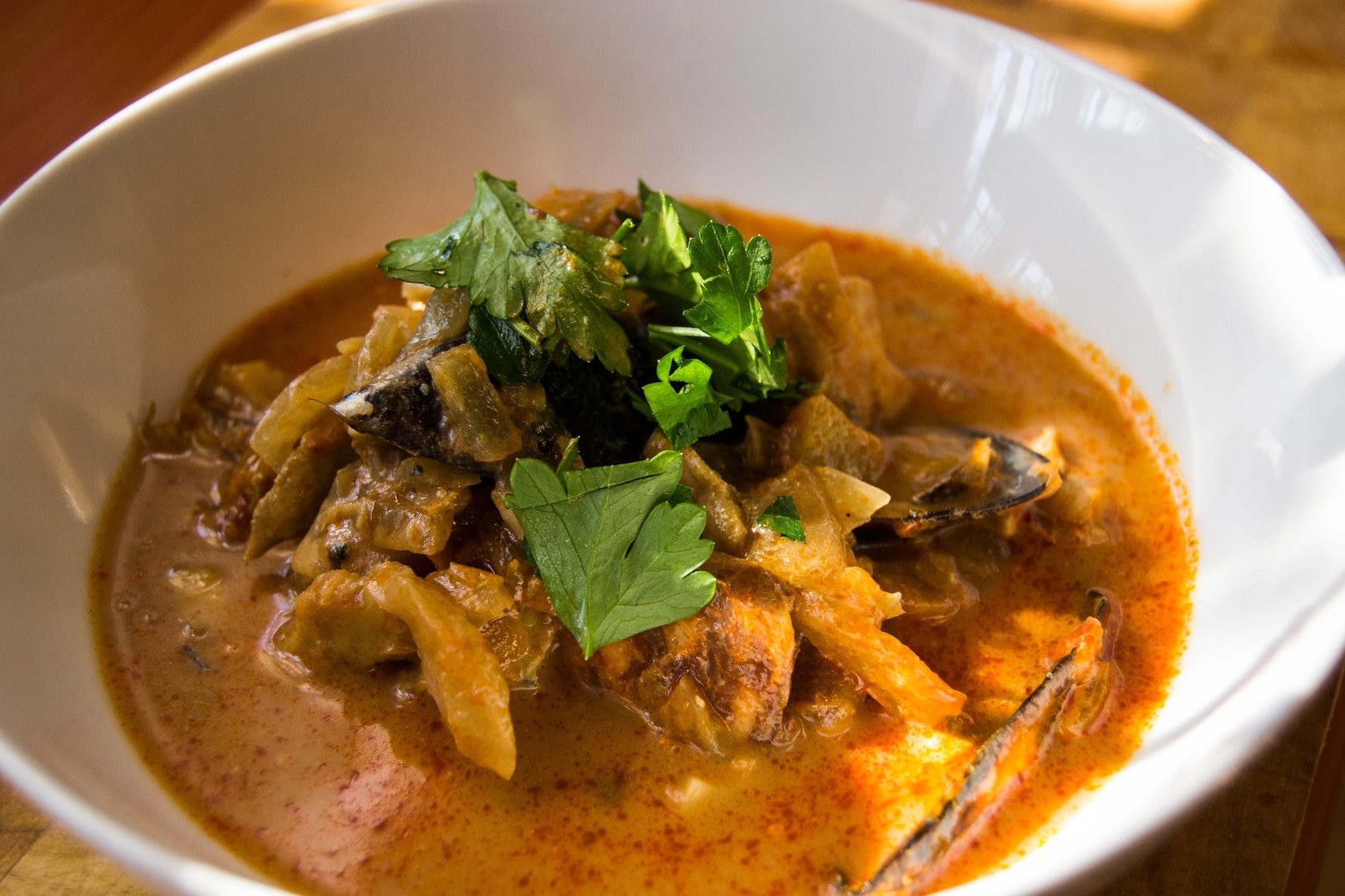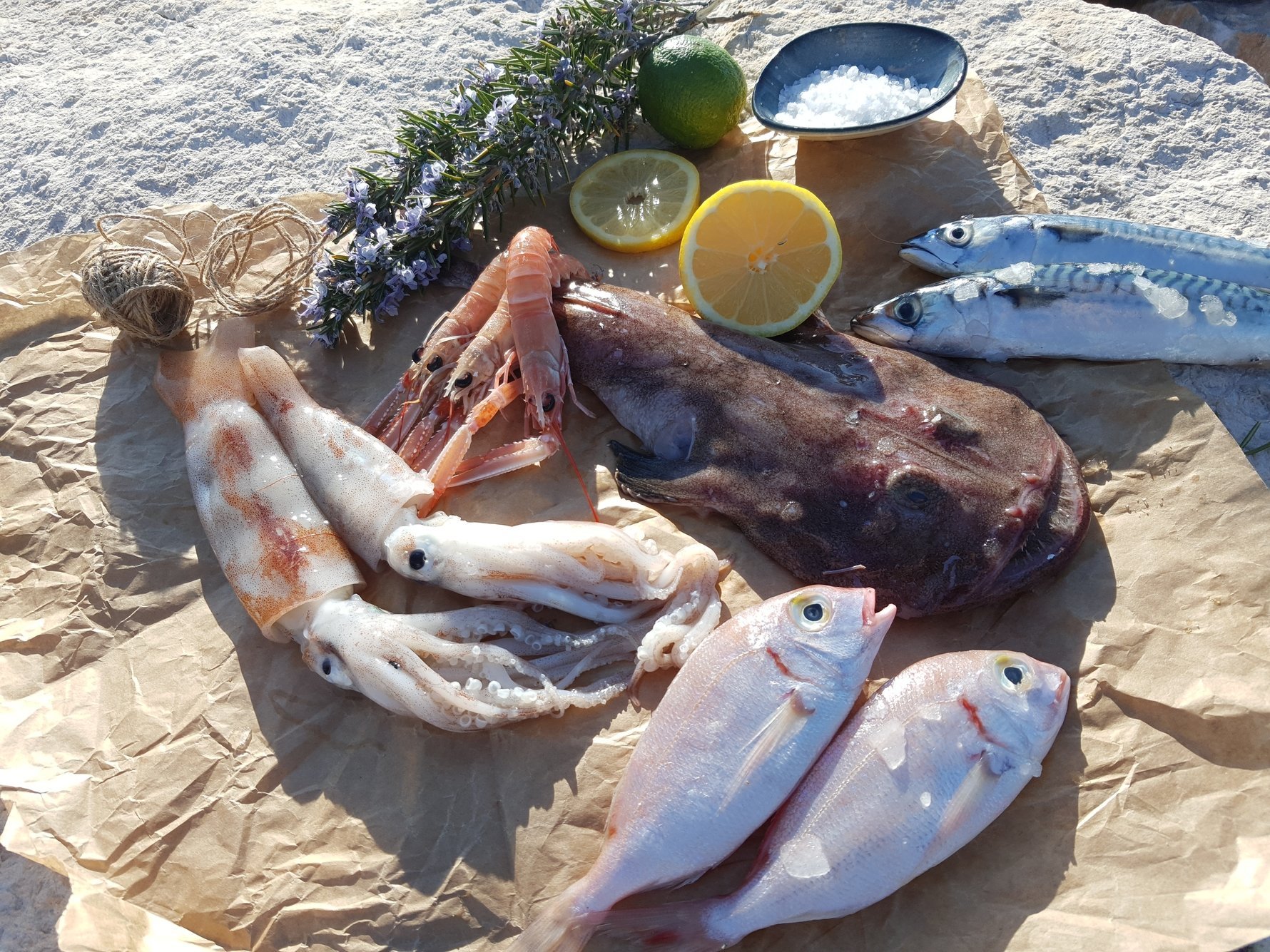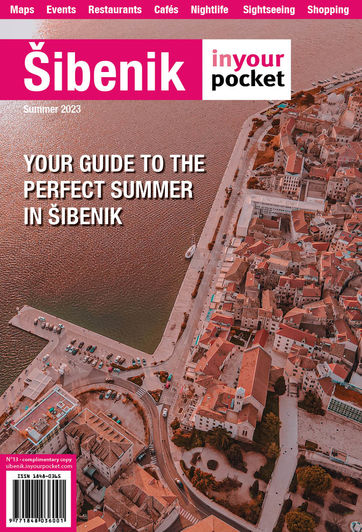When it comes to gastronomy the Šibenik region is as rich and varied as they come. There are significant variations from one locality to the next; and each place nurtures specialities that they feel are unique. We've divided the region into four areas to help you discover its culinary superlatives.
Šibenik
Despite being surrounded by the riches of the Adriatic Sea, Šibenik has developed an urban cooking culture strong on stews, schnitzels and other filing lunches. Partly this is due to the city's historical status as a regional centre in both Venetian and Austrian Empires, both of which brought culinary habits in their wake. Particularly well-developed in Šibenik is the culture of the marenda, the warm meal traditionally eaten in the middle of the working day, somewhere between breakfast and lunch. The homely restaurants which specialize in marende are still a major feature of the city. They usually chalk up their menus on a board from day to day, although certain dishes are almost certain to be on the list - sarma (cabbage leaves stuffed with rich tasty mincemeat), tripice (tripe stew), punjene paprike (stuffed peppers), and pasta fažol (bean stew with pasta) are just some of the things that Šibenik folk eat on a daily basis...You also get old-style dishes which rarely feature in the more tourist-oriented restaurants, like yummy tripe stew and finger-licking lamb's liver. Other Šibenik specialities that might be more appealing include luganiga, a herb-flavoured pork sausage of Italian origin, and, when in season, the delectable dish that is artichoke with green beans.
The islands
The waters around the islands of the Šibenik region are among the clearest in the Adriatic, and it's hardly surprising to discover that it yields a cornucopia of culinary riches. The sea around the Kornati archipelago is a particularly good hunting ground for white fish, lobster, prawns and everything else that swims and wriggles its way through the great Adriatic blue. Traditionally local cooks stick to simplicity - olive oil and a shake of salt is very often all that these noble sea creatures need before being tossed on the grill. There's an increasing number of high-quality seafood restaurants on the Kornati catering for yachting folk, most of which rely on the fresh catch rather than what they got in the cash-and-carry.Fishing culture - and the need to make the best of your catch whatever you come back into port with - means that mixed-seafood brodet or stew is another staple. Every household has their own recipe - indeed the island of Zlarin has an annual competition to see who cooks up the best. Squid as always features strongly in the local diet: one speciality you won't see so often elsewhere is black polenta, made with the squid and its ink.
The Interior
North and east of Šibenik maritime culture merges with inland pursuits such as animal-rearing, wine-making and crop-growing. Straddling both cultures is Skradin, a town that has developed a distinct culinary profile of its own. Well served with fish, shellfish, frogs and eels (the latter feature in an eel brodet that is often eaten cold), Skradin cooks also have access to the ćokalica, a tasty small fish that lives on the boundaries of the fresh-water and salt-water zones. Another thing unique to Skradin is skradinski rižot, a slow-cooked beef-based risotto flavoured with aromatic spices (and which, according to tradition, takes 8-9 hours to cook and can only be made by men).Elsewhere inland, it's the meat that dominates the menu, with pork, veal and occasionally rooster slow-baked under a metal lid known as a peka - which is regularly sprinkled with hot ashes from a roaring hearth. Local market in centre of Drniš is known all over Croatia for its pršut, which is reckoned to be the best in Dalmatia. The town's other claim to fame is sir iz mišine, a distinctively tart sheep's cheese matured in sheepskin bags - it is best consumed with a glass of good red wine. The other local dairy product is škripavac ("the squeaky one"), a mild cow's cheese with a pleasantly rubbery texture.

Along the coast
Coastal settlements running up the coast from Šibenik have a long tradition of sea-fishing, but also grow vegetables and pulses in their gardens. Seafood staples like squid are often paired with lentils, chickpeas or green beans. Succulent prawns and protein-rich sardines and anchovies make up the bulk of the local catch, and it's the salted and marinated 'blue' fish from these coastal villages that make up one of the true joys of the region's cuisine.One of the foodstuffs most specific to the region is the mussel, grown in the Krka estuary near Šibenik and also in the Murter Channel, between Pirovac and the island of Murter. Always present in the wild, mussels have been farmed as a food product since the 1980s, turning the Šibenik region into one of the prime sources of mussels in Croatia - wherever you are along this stretch of shore, mussels will be one of the treats you simply musty try.
Tribunj, Murter and Prvić Luka are still working fishing communities, with anchovies and sardines making up the biggest share of the catch. Salted and marinated fish are true joys, Adria stall on Tribunj market is one of the best places to pick them up. Use of chickpeas and green beans, in combination with anchovies or squid.






Comments